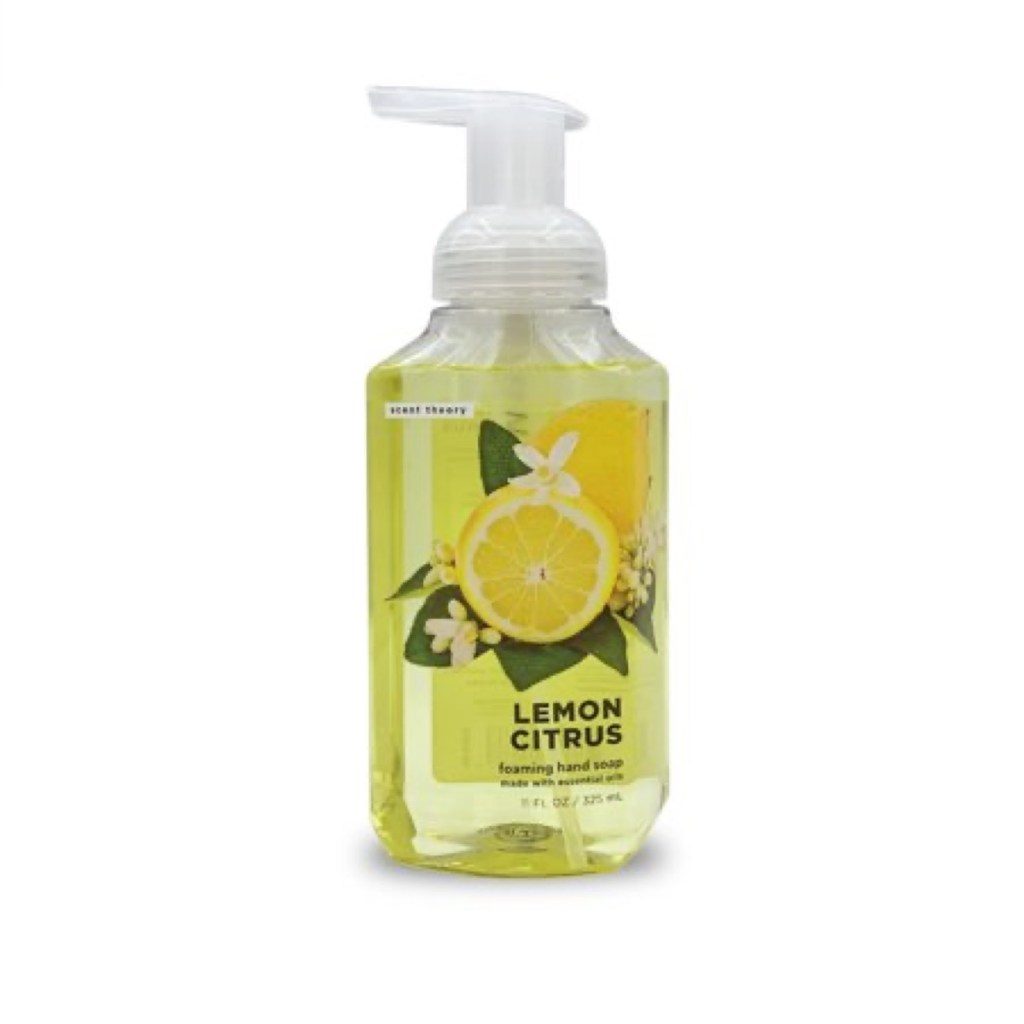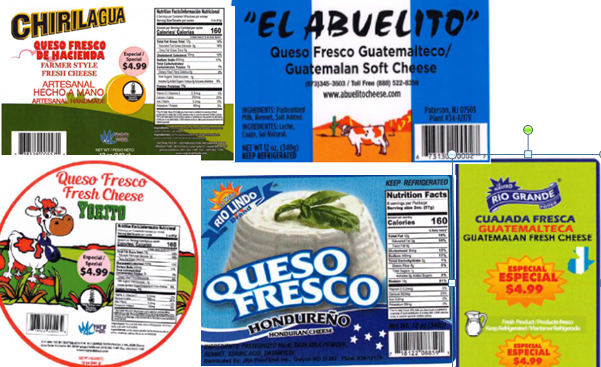Scent Theory has recalled 636,416 bottles of its 11-oz. bottles of foaming hand soap in Lemon Citrus, Vanilla Coconut, Eucalyptus Mint, and Fresh Lavender. The recall is due to potential contamination with Burkholderia cepacia. The recall is not the first recall of Scent Theory products since the Covid pandemic. In July 2020, the FDA announced the recall of hand sanitizers (Scent Theory KEEP CLEAN Moisturizing Hand Sanitizer) due to the presence of methanol. @ https://www.fda.gov/cosmetics/cosmetics-compliance-enforcement/cosmetics-recalls-alerts
ruth
Resources and policy summary related to recalls and alerts for cosmetic products.
ruth
The Guardian reported that more than 200 children had been poisoned. One death is connected to an ongoing salmonella outbreak in the UK linked to cheap breaded chicken products containing Polish poultry. The first cases of the outbreak date back to January 2020. So far, 480 cases of salmonella enteritidis have been recorded, of which 44% were in children aged 16 or under. The Food Standards Agency (FSA) has issued several recalls for suspect processed chicken available at Sainsbury, Morrisons Lidl, Aldi, and Iceland. The latest recalls include SFC Chicken Poppets and Take Home Boneless Bucket, available at Sainsbury’s and Morrisons, and Vestey Foods Chick Inn 32 Jumbo Chicken Nuggets, which have been sold at Heron Food stores and B&M shops. The FSA has confirmed that the salmonella originated in Poland, and it is trying to identify the Polish farm or farms involved. More than a third of the cases were so severe that hospital treatment was required. Salmonella was recorded as a contributory cause of death in at least one case. @ https://amp.theguardian.com/society/2021/feb/22/deadly-salmonella-outbreak-in-uk-linked-to-chicken-products
480 cases have been recorded, including at least one death, since January last year
ruth
The Australian Competition & Consumer Commission (“ACCC”) reports that Prancing Pony Pty Ltd (Totness South Australia) recalled certain batches/lots of Dizzy Donkey Cloudy Apple Cider from the Australian marketplace. The recall is due to suspected secondary fermentation and consequential exploding cans caused by increased Carbon Dioxide production with risks of accidental alcohol intoxication, eye damage, increased alcohol concentration and/or laceration, both severe safety hazards. The product has been available for sale individually, as a 4 pack, a 24 pack, and part of a mixed 6 packs. These Apple Cider products were marketed, distributed, and sold in the Australian state of South Australia. @ https://www.productsafety.gov.au/recall/prancing-pony-pty-ltd-dizzy-donkey-cloudy-apple-cider-375ml
ruth
The FDA announced that the investigation of a multistate outbreak of Listeria monocytogenes infections linked to queso fresco cheeses made by El Abuelito Cheese. As a result, El Abuelito Cheese of Paterson, NJ recalled all Queso Fresco (Fresh, soft cheese) products. The outbreak’s source was unidentified until the Connecticut Department of Public Health collected product samples of El Abuelito-brand Hispanic-style fresh and soft cheeses from a store where a sick person bought cheeses. Sample analysis showed Listeria monocytogenes in El Abuelito Queso Fresco samples sold in 10 oz packages, marked as Lot A027, with expiration date 02/26/2021. Whole Genome Sequencing (WGS) analysis determined that the Listeria monocytogenes found in the samples match the outbreak strain. The products recalled include El Abuelito, Rio Grande, and Rio Lindo brand queso frescos, distributed to CT, MD, NC, NJ, NY, PA, and VA. El Abuelito Cheese, Inc. has ceased the production and distribution of all products. States with Cases: MD (4), CT (1), NY (1), and VA (1) @ https://www.fda.gov/food/outbreaks-foodborne-illness/outbreak-investigation-listeria-monocytogenes-hispanic-style-fresh-and-soft-cheeses-february-2021?utm_medium=email&utm_source=govdelivery
El Abuelito Cheese, Inc. recalls all Queso Fresco products within expiration. Queso Fresco samples collected from Connecticut match outbreak strain




